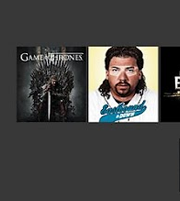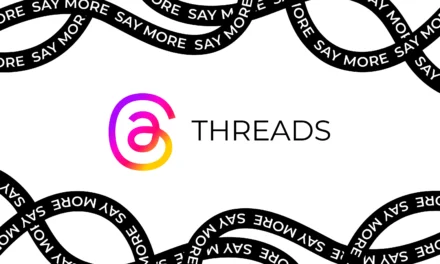Businesses have generated profits, increased brand awareness, and increased conversions over the last decade by creating valuable written content for their target audience and real customers. The key thing here is that their blog content is useful — merely having a blog isn’t enough; there has to be an intention or reason for its existence.
Here’s How to Create a Successful Blog Strategy For Your Company
Pick a Good Blog Topic and Goal
The first step in developing your blogging strategy is clearly defining your blog’s topic and purpose. Your blog topic must be broad enough to cover hundreds of articles while also being precise and sufficient to relate to your business niche and areas of specialization.
If you need assistance defining the purpose of your blog, consider the following questions:
- What is the long-term goal that your company is attempting to achieve?
- What story lends support to this goal?
- Who shares your enthusiasm for this cause?
- Is your team on the same page goal about the meaning of this purpose?
Design Your Blog
Create your blog in a way that encourages your readers to read and share your content regularly. Your blog must be accommodating and consistent with your brand. It should be well-organized, clean, and simple to use. Readers should be able to tell your blog is published by your company within seconds of visiting it.
To accomplish this, select a consistent website theme across all your blog properties and articles. WordPress, for example, has many free and paid themes from which to choose.
Select Who Will Write And Manage Your Blogs
It’s time to consider who will write, run, and manage your blog. Suppose you want to have your own team. When it comes to your blog, there are numerous moving parts. Reaching the benefits of successful blog management won’t be easy unless you create ownership around each component.
You’ll also need to figure out what the ideal blog post for your publication looks like. Consider using blog post templates to create a post outline to share with writers.
Evaluate How Often You Will Share Blog Posts
How many blog posts are you prepared to create and publish? How frequently do you intend to publish blog content for your target audience? The essential to keeping your audience engaged and interested is consistency. This will also enable you to maintain your active thought leader and expert position. Use a content calendar to manage and schedule your blog posts regularly.
The advantage of creating this type of blogging rhythm and sharing it with your team via an editorial calendar is that it nurtures accountability among your bloggers. It guarantees that by a particular time and date, all writers and relevant contributors have qualitatively optimized for keywords, added CTAs, and actively edited their pieces. In this manner, you’ll have a constant stream of content that your readers can follow.
Create Compelling and Useful Content
It’s worth emphasizing how important it is for your blog content to be both adeptly compelling and valuable to your readers. This significantly impacts how your target audience, customers, competitors, and other zeal industry leaders perceive you. It’s also how you’ll keep reputed readers engaged and loyal to your blog — and eventually convert them into customers.
Final Words
Concentrate on consistently producing content that captivates your audience while also providing them with useful and valuable information so that they will stick around for the long haul.





